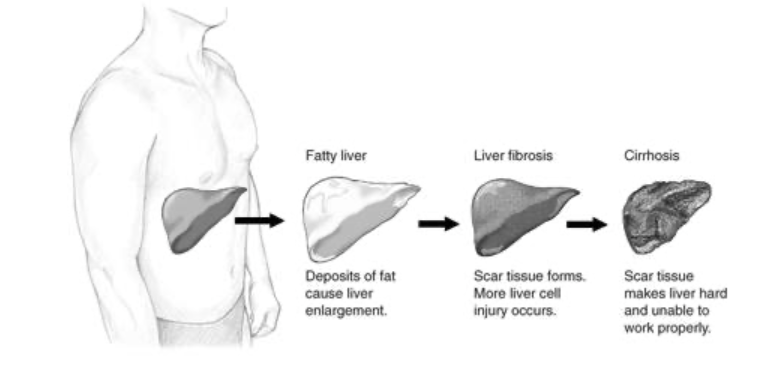Imagine your liver as a sophisticated processing plant that never closes. This vital organ works 24/7 to keep your body clean and fueled. When alcohol enters the system, everything else gets put on hold while your liver focuses on neutralizing this toxin. The fascinating part? The moment you stop drinking, your liver begins an impressive self-repair process that unfolds in clear stages.
In the first day without alcohol, your liver gets its first real break in a while. Inflammation markers start dropping, and cells begin assessing the damage. You might not feel different yet, but important healing has already begun. After one week, most people notice better sleep and more consistent energy as their liver resumes normal operations.

The two-week mark often brings visible changes. That bloated feeling starts to fade as your liver begins metabolizing fats normally again. Blood tests would show improving enzyme levels, a sign your liver is functioning more efficiently. At thirty days sober, many people report feeling like they’ve turned back the clock – with clearer skin, sharper thinking, and more stamina.
Three months into sobriety represents a major milestone. By this point, your liver has typically repaired significant alcohol-related damage. People often describe feeling healthier than they have in years, with improved immunity and better physical performance. While complete healing can take six months to a year depending on individual factors, every alcohol-free day contributes to your liver’s recovery.


